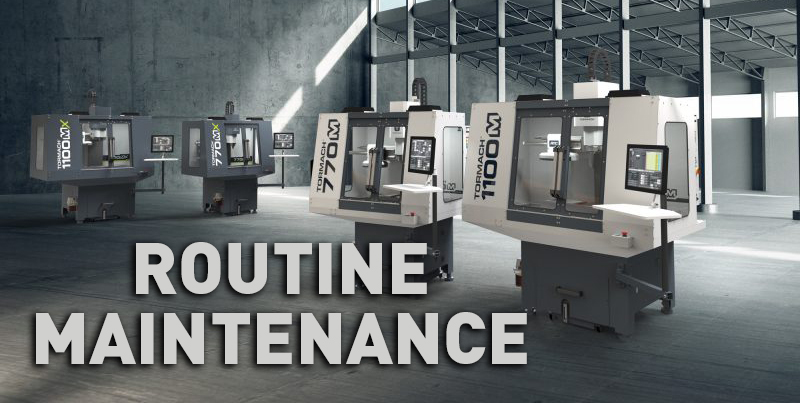Machine maintenance can make all the difference in the world inside your shop. Whether you’re talking about HVAC, hand tools, or machine tools, keeping your shop clean and maintained will not only make things last longer, but it will also help you become/stay efficient.
No matter what brand or type(s) of CNC machine you use, whether it’s a lathe, a 3-axis mill, or a monster production cell with robots, regular preventative maintenance will make every dollar you put into your shop go further.
There’s an old adage that says, “If you don’t plan maintenance, maintenance will plan itself!”
Regardless of the machine you’re working with, some of the most important maintenance activities include: cleaning, lubrication, checking belt tension, checking fan filters, and inspecting drawbar and collet components. Letting these problems slide can lead to much bigger problems down the road - maybe even sooner than you think.
Developing a regular routine of cleaning and lubricating your machine, as well as inspecting vital elements of your machine, will keep your shop running happy.
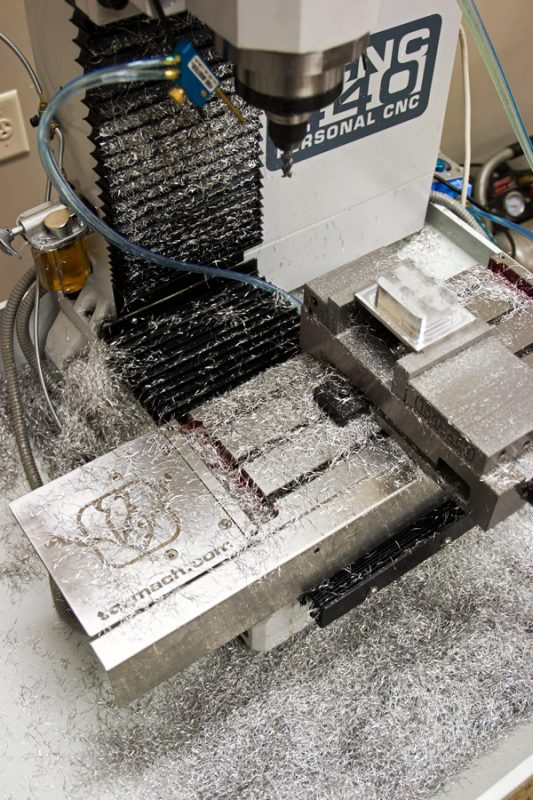
Tormach Maintenance
If you’re dealing with a Tormach machine, the above checks are important for keeping your machine(s) running well, but on a Tormach machine, there are some specifics that will keep things running smoothly.
Keeping your machine clean will help avoid rust and allow easier visual inspection of other machine components. As chips sit on your table or in the chip tray, they have a tendency to hold coolant - think of it like a sponge… made of metal. Also, on early Tormach mills, cleaning the chips improves coolant return to the tank, preventing loss of flood coolant at the spindle.
Coolant that just sits in piles of chips can eat away at paint and other materials, and cause rust to form very quickly. So, keeping your table and way covers free of chips and sitting coolant is quite important.
If you have an automatic oiler, there’s less concern about keeping things lubed up properly, but if you haven’t made that investment, it’s important to remember to pull the manual oiler supply lever roughly every four hours of machine time.
Checking your drawbar regularly is important on any machine, but on a Tormach, it’s important to inspect the drawbar washers as well. Since there is pressure put on these washers as they function for changing tools, they can weaken and deform over time leading to tool pull out, machine chatter, and damaged parts. Replace your washers at the first sign of these conditions.
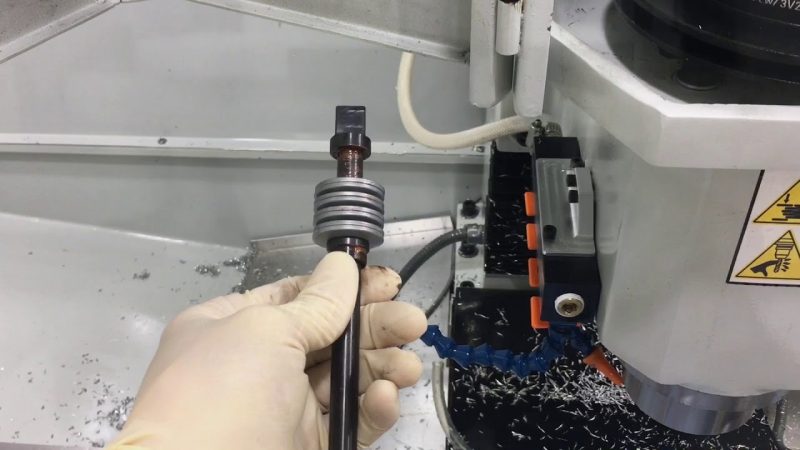
A Maintenance Routine
As mentioned above, without an automatic oiler you need to make sure that you are lubricating your machine for every four hours of runtime. If you don’t use the machine for blocks of time that long, then it’s good practice to just pull the oiler before each use.
Cleaning of the machine should be done every day. Leaving chips sit can and will lead to more problems than just a messy workspace.
Check your belts and filters each month. If your belts have lots of play or your filters are looking gunked up, replacing them can prevent a number of other issues. Many Tormach customers keep a maintenance shelf in their shop with these components on hand to make sure they can quickly swap things out if needed.
Our technical team also recommends that you inspect your drawbar and collet operation every six months. It’s best practice to replace the drawbar washers and collet every year. It may not be necessary every single year, but they are considered consumable wear items which aren’t terribly expensive.
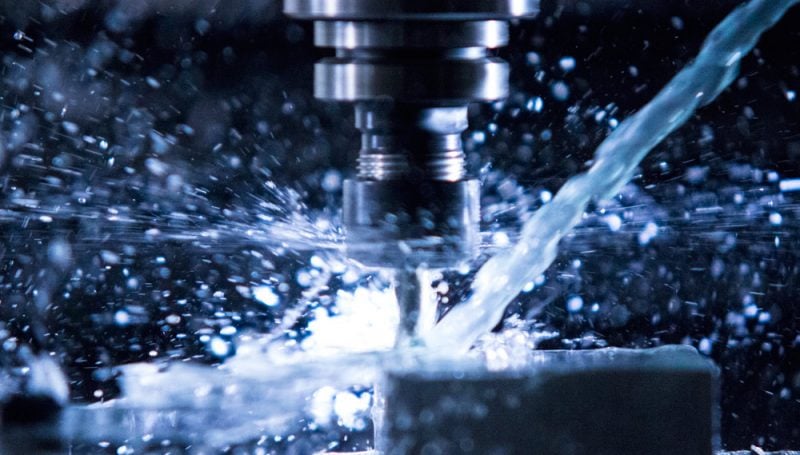
Coolant Maintenance
Coolant is an important part of making chips and keeping your machine running happy, but it has its drawbacks as well. The points below address flood coolant.
Like I mentioned before, coolant has the potential to be quite corrosive or cause rust to form in your machine, if the machine isn’t cleaned properly, but what’s more is maintaining the coolant itself. Coolant concentration increases over time because the water that it’s diluted with evaporates faster than the additive. This leads to an issue with coolant that can rust your machine or corrode machine paint and other elements. Flood coolant can also spawn bacterial growth, exacerbated by bugs and vermin choosing your coolant tank to be their final resting place.
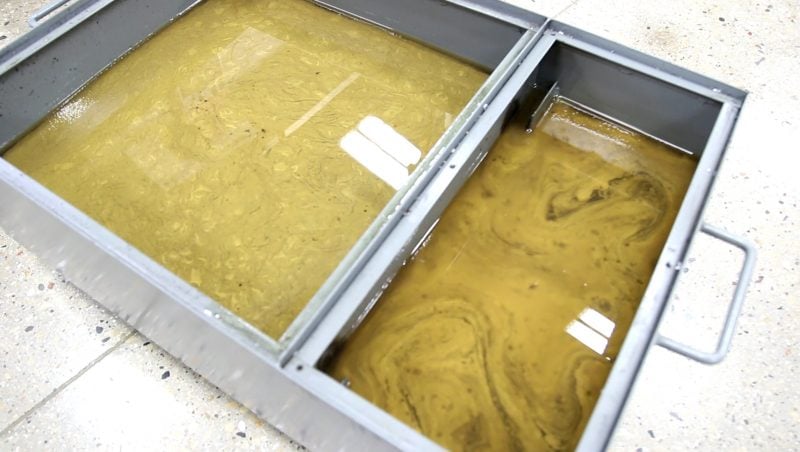
Using a portable refractometer or coolant tester at least once a month and whenever adding coolant can make sure that your concentration is correct and the coolant is helping instead of hurting your machine. If the mixture is too lean, it can cause the machine to rust, and if the mixture is too rich it can corrode the machine paint or way covers.

Oil skimmers for your coolant also help keep things maintained. They remove the “tramp oil” (or unwanted oil) from the surface of the coolant. If the tramp oil isn’t removed it can trap bacteria underneath and cause the coolant to go rancid. Over-lubricating your machine can also cause way oil to get into your coolant, leading to the same issue. If you’ve ever cleaned out a coolant tank that smells terrible, you’ve probably experienced tramp oil
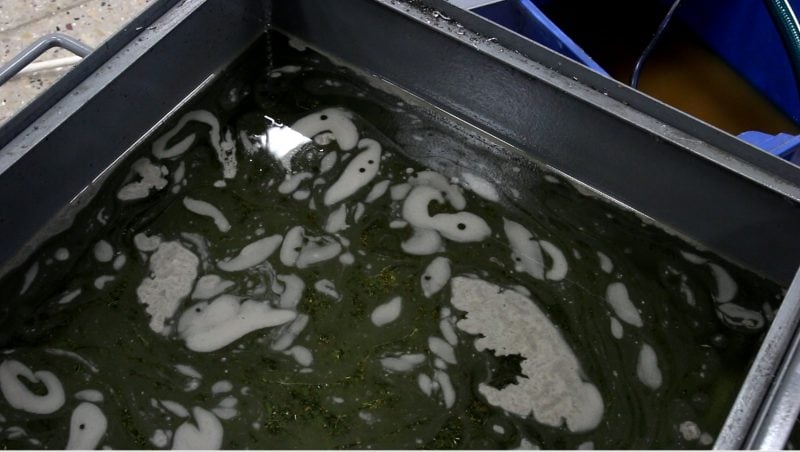
Additional Things to Check During Regular Inspection
- Way Covers - These protect the ball screw and sliding surfaces from chips and excessive coolant. While under the way covers, verify oil is coating all the surfaces. If a surface is dry, investigate why oil is not reaching the location.
- Cable - Axis motion cables, tool setters, and probe cables periodically make contact with coolant and chips as part of the mill operation. Check the cables for chaffing. Be sure to power down the mill with this inspection, as some cables carry up to 70 volts DC.
- Door Switches and Locks - With enclosures and motor covers, we offer several switches and lck options to add safety. Verify these are free of chips, coolant, and oil, and that they operate as intended.
- Tool Changers - Check the alignment process periodically to insure efficient operation. Test the blast function to ensure chips are clearing the carousel and the tool holder.
At the end of the day, the best way to keep your machine operating smoothly is having a thorough understanding of how your machine operates. Lubricating the operator with knowledge from the Tormach operators manuals and technical resources on YouTube will make daily operation much more efficient. You may find your machine in a failure mode that can quickly be recovered by knowing how your machine functions and how to resolve minor issues, when they occur.
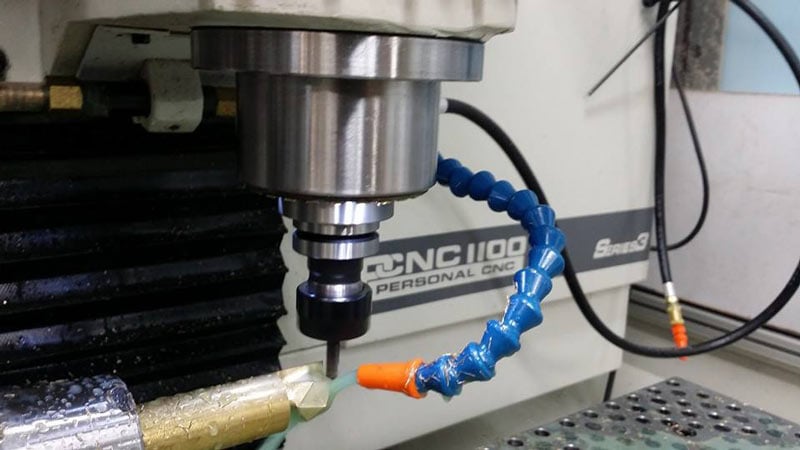
Tormach machines are pretty robust, and when properly maintained, can last many years. Some of Tormach’s earliest machines are still in use because they have been cared for in such a way.
